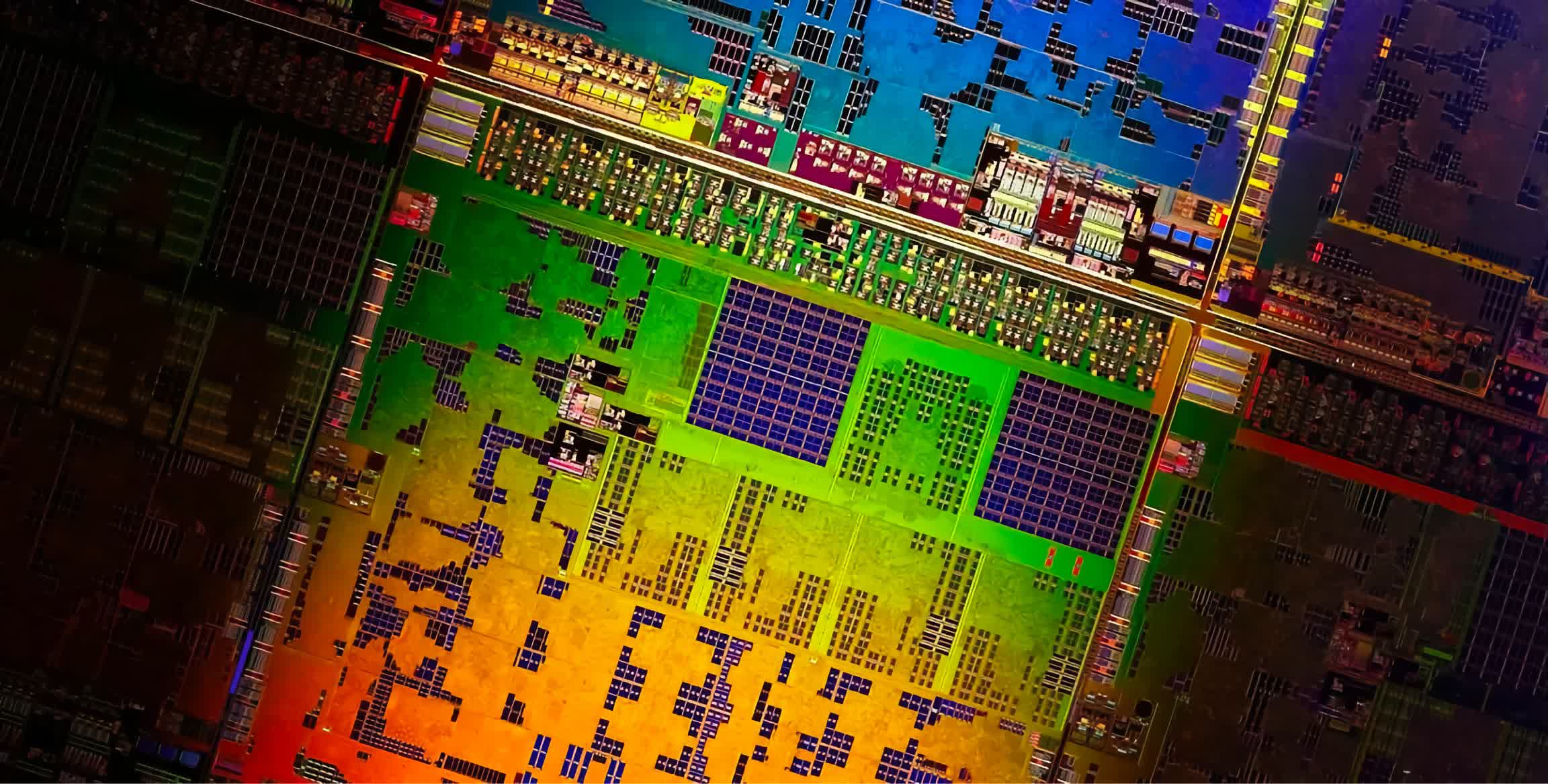Marketing a CPU or any advanced processor not named Nvidia is getting much harder. Once upon a time there were two companies making data center CPUs, and marketing was simply "Ours is better than theirs." However, today's landscape includes a dozen companies designing CPUs and a few dozen more developing NPUs. How does any company position themselves in this mix, define its narrative, and identify its competition? There are no easy answers here, and the stakes are very high.
All marketing messages should begin by identifying a target audience, but this is where trouble starts. About 60% of the revenue for the category comes from ten customers, the cloud hyperscalers. Almost all of these customers are working on their custom AI accelerator chips, if not also designing their own CPUs. This changes the context of the message, "our chip is faster than the competitors'".
Editor's Note:
Guest author Jonathan Goldberg is the founder of D2D Advisory, a multi-functional consulting firm. Jonathan has developed growth strategies and alliances for companies in the mobile, networking, gaming, and software industries.
It's still crucial for merchant chip vendors to convey their product's superiority, but they need to tread carefully when crafting comparison messages. Moreover, part of the messaging should reach out to the broader organizations of their customers, not just the typical purchasers in the data center. Every company currently designing its own chip has a CFO asking about the cost implications of the development and internal users who see their peers using a wider range of solutions.
Then, there's the question of product positioning. Marketing is often most effective when a product is presented as superior to an alternative. Such narratives are more digestible for the human mind. But against whom should the company position itself in this situation? As we see it, there are five camps in the CPU fight:
- Intel – Despite their financial difficulties, they remain the market share leader. If they can refine their manufacturing process (and there's no evidence to suggest a decline), they may regain their market share. Intel has its fair share of doubts, but it would be premature to write them off.
- AMD – AMD has gained an awful lot of market share from Intel in recent years, continually delivering a compelling CPU roadmap.
- Nvidia – Nvidia dominates the AI sector, and let's face it, AI dominates most of today's conversations. Their CPU/GPU bundle looks formidable and shouldn't be discounted despite their currently modest CPU share.
- New entrants – Ampere tops this list, but other companies, especially in the RISC V arena, are also in the race. They all boast about performance and power consumption, yet they face significant software optimization challenges.
- Internal solutions – This might be the most potent threat. Major customers have their internally designed chips steadily encroaching on the addressable market. The advantage is the built-in champions and close ties to actual software workloads.
Lastly, the question arises regarding the content of the messaging. Over the past weeks, we've seen several versions of the same slide, showing one company's solution represented as a server rack or a fraction thereof, compared to someone else's multiple server racks. Everyone seems to claim a threefold better total cost of ownership than the competitors.
Choosing the right target is crucial – whose product do we compare ours to? How do we communicate to a major customer that their internal product underperforms relative to our new product?

All these conflicting factors underscore that actual results can fluctuate significantly depending on the workload. One chip may be better for certain workloads, while another excels at different tasks. While internal solutions have a significant advantage, this also comes with a strategic trade-off and may limit innovation – a problem AWS seems to be currently grappling with concerning AI and Large Language Models. That being said, few customers want to deal with multiple vendors, as the cost of managing various solutions is highly taxing.
There are no easy answers. Large companies may need to focus on countering the internal solutions of their customers. New entrants should aim to create enough noise to gain a foothold wherever they can, possibly by specializing in specific workloads at the expense of broader wins, something large players cannot afford to do.
The hope is that the proliferation of alternatives may potentially lessen the appeal of internal solutions. Rapid advances in AI suggest that incumbent solutions now appear vulnerable, locking companies in at a time when the world is moving too swiftly for anyone to keep pace. It's not a massive opening, but it does offer a glimmer of hope.
